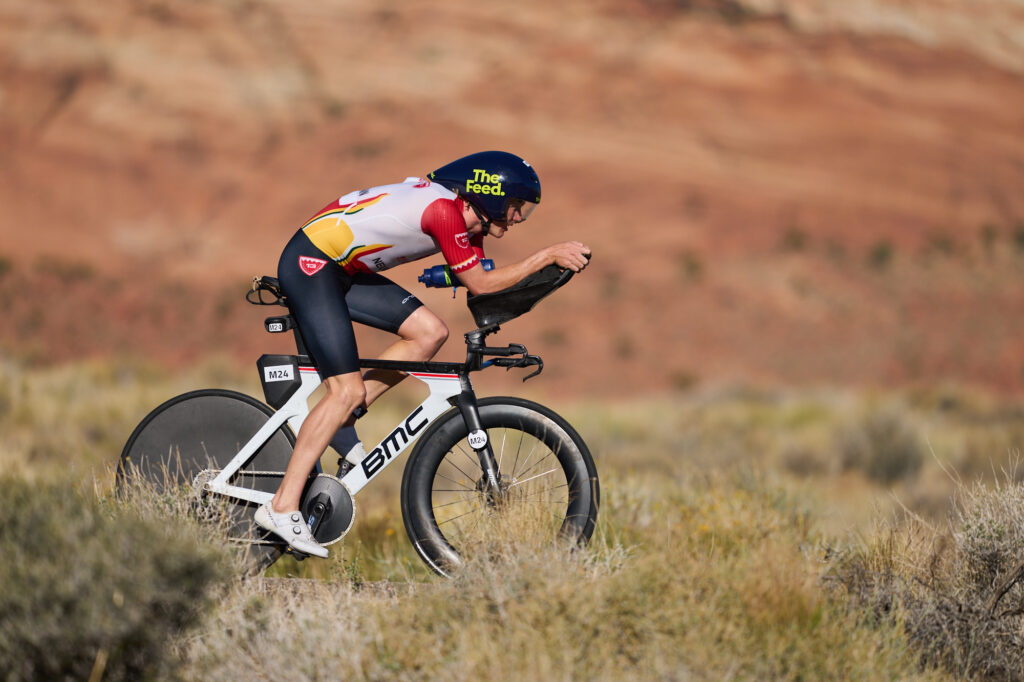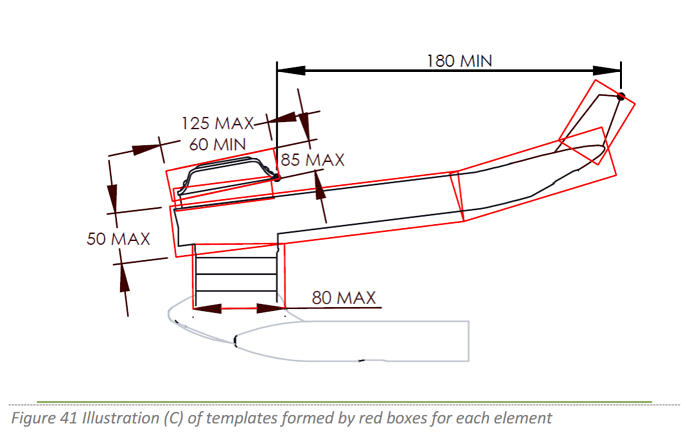Originally published at: Make the Fairing Rules Make Sense Again - Slowtwitch News

Look, I get it. I’m tired of writing about the World Triathlon hydration and fairing rules. You’re tired of trying to figure out how it all makes sense, when some race organizers will be following these rules, some will only be enforcing them for professional athletes for the time being, and some will ignore pieces of the rules. And heaven forbid you’re an athlete racing in multiple countries this year.
This is madness — especially in the context of our sport deciding to give a collective shoulder shrug towards other pieces of cycling equipment that seemingly blatantly violate these rules.
The Background
In case you have either emerged from a Captain America esque frozen coma or been living without triathlon internet for the last four months, here’s the brief version of how we got here.

World Triathlon, and to a lesser extent, IRONMAN updated their collective rulebooks in the off-season, as is the norm. As part of these rules, there was more language added to the rules regarding water bottle placement, the maximum allowable volume of bottles carried, etc. All somewhat straightforward.
The German national triathlon federation, the DTU, decided to then take matters into its own hands. It further restricted the placement of bottles, expanding the scope of the rules above and beyond the previous definitions. All the rulemakers got together in April to start to suss this all out, and eventually came to the World Triathlon interpretation documents that we wrote about before.
That document gives us the infamous 30cm x 30cm box that both a rear hydration carrier and a frame storage box needs to fit into, which means far more bikes than previously anticipated were now subject to additional scrutiny. IRONMAN has decided only to enforce this subset of rules for professionals (for the time being), and Challenge Roth has decided not to enforce this rule at that event only.
Whew. OK. Now you’re caught up.
Yet We’re Still Missing the Point
All of this handwringing about water bottles is namely about keeping the spirit and integrity of the fairing rules in tact. What’s the fairing rule, you might ask? Let’s go to the IRONMAN rulebook for a brief moment:
Protective screens, fuselages, fairings, or any other devices or materials (including
duct tape) added or blended into the structure with the intent to reduce (or having
the effect of reducing) resistance to air penetration are prohibited.
Seems reasonable enough, right? Especially when you take the common English definition of the word fairing, which is “a member or structure whose primary function is to produce a smooth outline and to reduce drag.” So let’s take the so-called draft box, which is impacted by the 30 x 30 rule. Its primary function is to store things, such as a spare tube, an air cartridge, or tools. It also just so happens to be functional within the frame.
Contrast that with some of the most recent cockpits we’ve seen evolve and, well, it sure seems like we’re over the line on the fairing rule. Take, for instance, Lucy Charles-Barclay’s bike from this weekend at Eagleman, and looking specifically at the aerobar on her Cube. (To be clear, I am not blaming the athlete here…this is a matter of our officials.)
From a plain language perspective, this is the exact definition of a fairing. The primary purpose of that bar is not to support the aero position; it’s to reduce drag. It just also happens to have a secondary function of being for her arms.
But this is also the exact same type of thing that Joe Skipper was attempting with water bottles on the top sides of his arms. Yet only one of those was determined to violate the fairing rule.
I can only ask: why?
We are fast approaching a point where equipment rule clarity, and the associated cost of chasing those more than marginal gains, are going to cost us athletes from the sport. We all know what a fairing is and isn’t. Let’s get back to arguing something useful, like tire pressure on hookless wheels, instead of ignoring the fairing rules for cockpits and then going gung-ho on water bottles.
This isn’t hard: maximum two bottles / two liters in front and back, each. Allow the draft box. Allow aero shaping of extensions and pads for the cockpit, but ban blatant examples of fairings. Make it simple.
Yet now we’re on month four of this topic. And if I’ve learned anything about these rules thus far, we’re probably far from done having to write about it.

